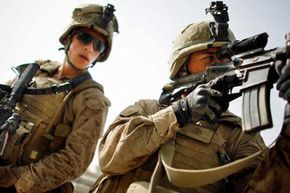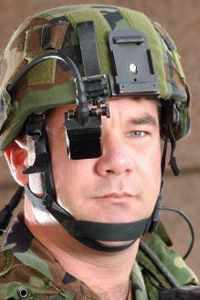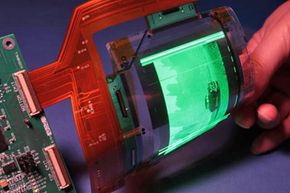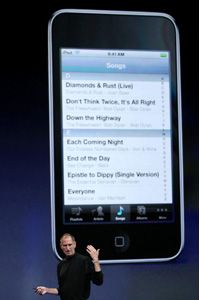It's no secret that the U.S. military researches and uses some of the world's most forward-looking technologies. It integrates high-tech, digital components into everything from fighter jets to aircraft carriers. But individual soldiers benefit from the move towards digital innovations, too.
Many soldiers working on the front lines now carry an array of high-tech gadgets designed to increase operational efficiency and safety, and in some cases, lethality. Their digital tools help them navigate unfamiliar areas, interact with locals who speak different languages and track enemies during a firefight. And that's just for starters.
Advertisement
Military authorities envision future warfare in which every soldier and vehicle is linked to a real-time network. Such a network will let officers track and monitor each person's activities and availability, with the overall goal of reducing the so-called fog of war that every wartime decision-maker fears.
The Department of Defense funnels hundreds of millions of dollars into various tech-related projects. As you'll see, sometimes those projects result in breakthroughs that benefit soldiers and consumers alike. Other times, grand visions of high-tech military gadgetry flame out as massive blunders.
For now, though, some of the most effective technology is the stuff that soldiers carry with them before they even hit boot camp. Keep reading to see the kinds of gadgets they use to accomplish their objectives -- some of these devices will probably surprise you.



